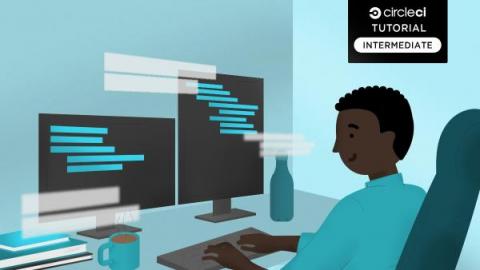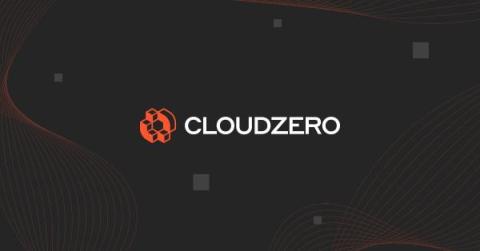Build and deploy a Dockerized OpenCV application on AWS Lambda
OpenCV is a powerful open source computer vision and machine learning software library for real-time applications. It provides multiple functionalities, including image processing, object detection, and video analysis, making it a fundamental tool for researchers and developers in the field of computer vision. You can deploy your OpenCV applications using AWS Lambda, a serverless compute service that lets you run code without provisioning or managing servers.











